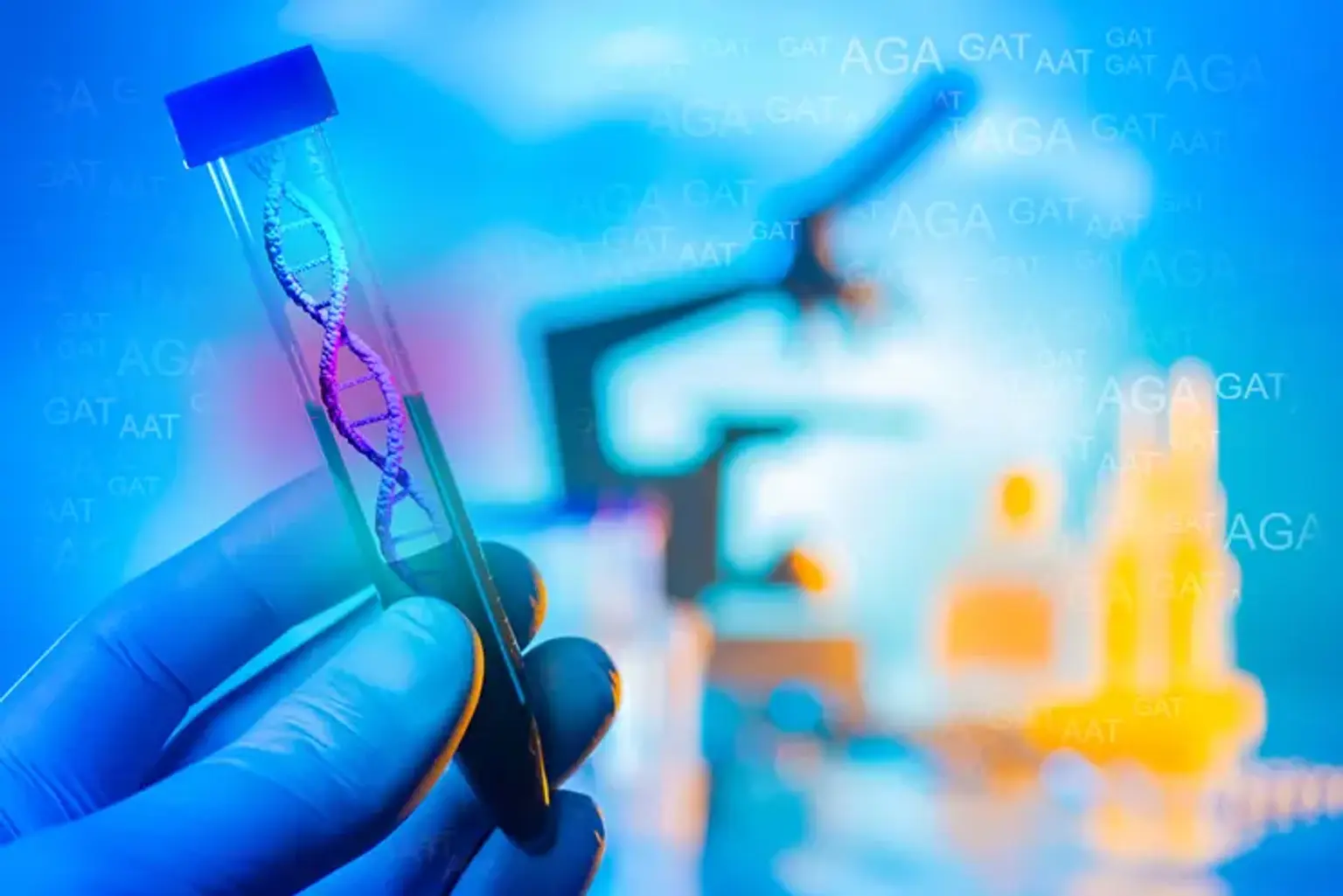Introduction
Genetic disease screening is a powerful tool in modern medicine, enabling early detection and management of inherited disorders. By analyzing DNA for mutations or anomalies, this process helps identify genetic risks long before symptoms appear. With advances in technology and a growing focus on personalized care, genetic testing has become a cornerstone in disease prevention, especially in areas like prenatal care, cancer detection, and family planning. This article explores the science, benefits, and importance of genetic disease screening, along with the critical role of genetic counseling.
Understanding Genetic Diseases
What are Genetic Diseases?
Genetic diseases are caused by mutations or changes in an individual's DNA. These mutations can be inherited from parents or arise spontaneously. These conditions can affect various bodily systems, leading to a wide range of health issues, from mild to life-threatening.
Types of Genetic Disorders
There are thousands of genetic disorders, some more common than others. Examples include:
Cystic fibrosis, a respiratory condition.
Sickle cell anemia, a blood disorder.
Huntington's disease, a neurodegenerative disorder.
Hemophilia, a blood-clotting disorder.
These conditions often follow predictable inheritance patterns, making them amenable to genetic testing.
